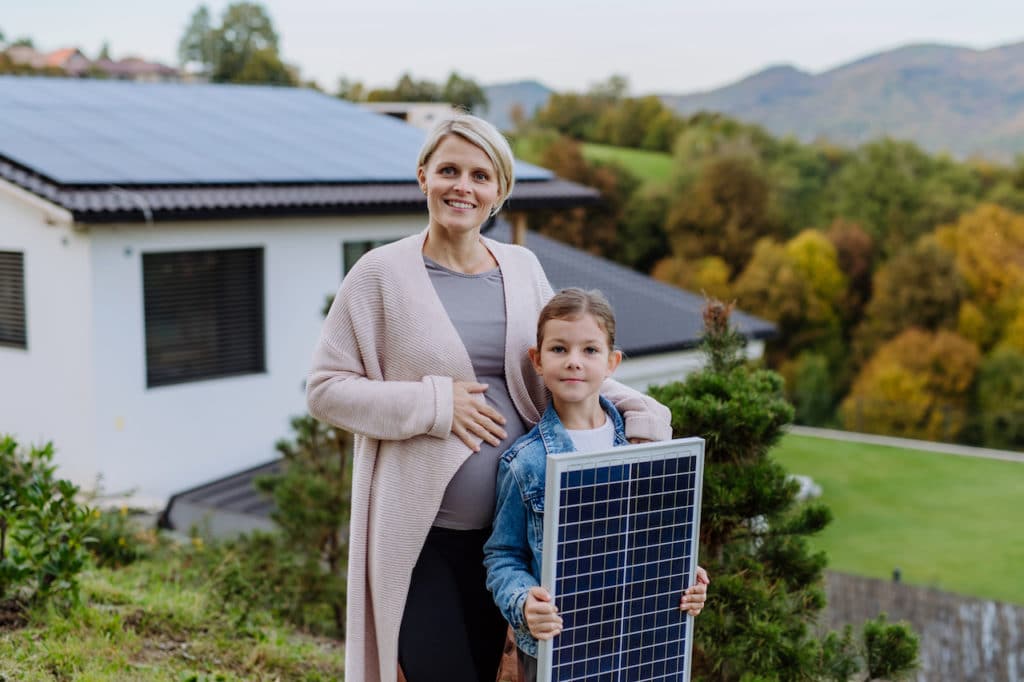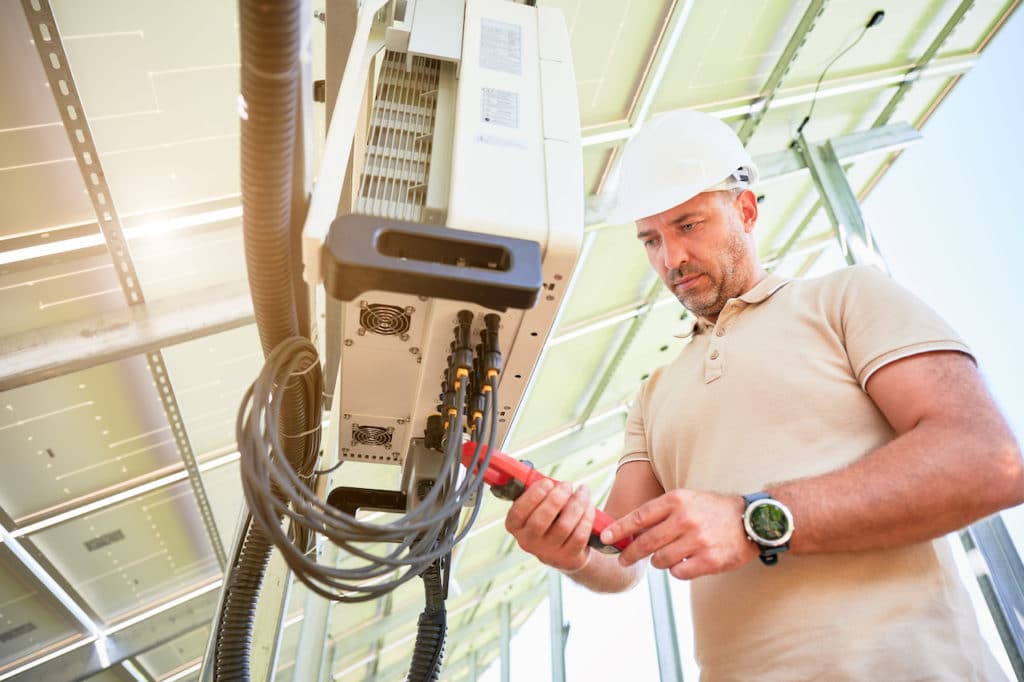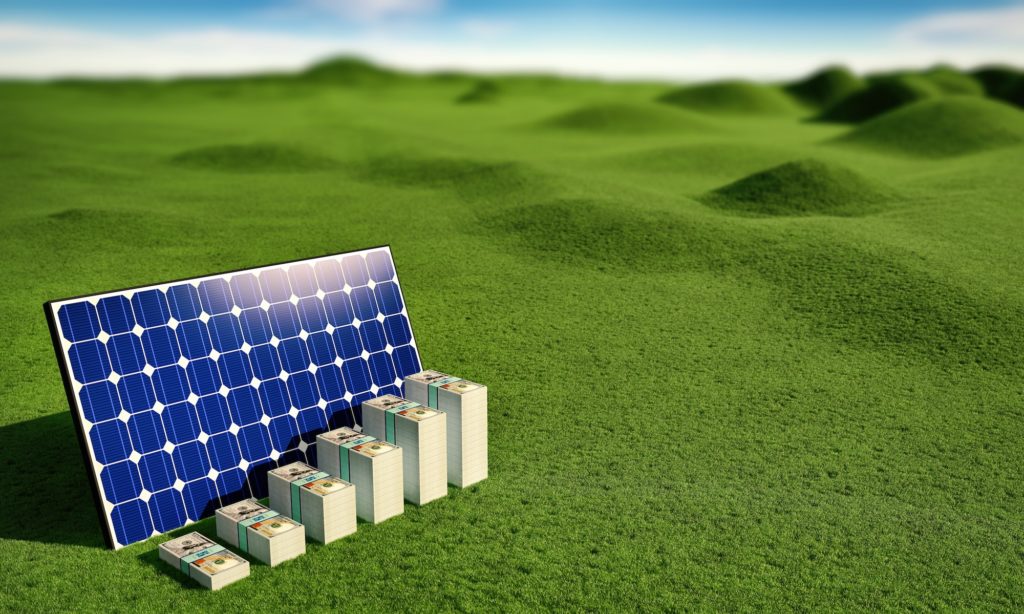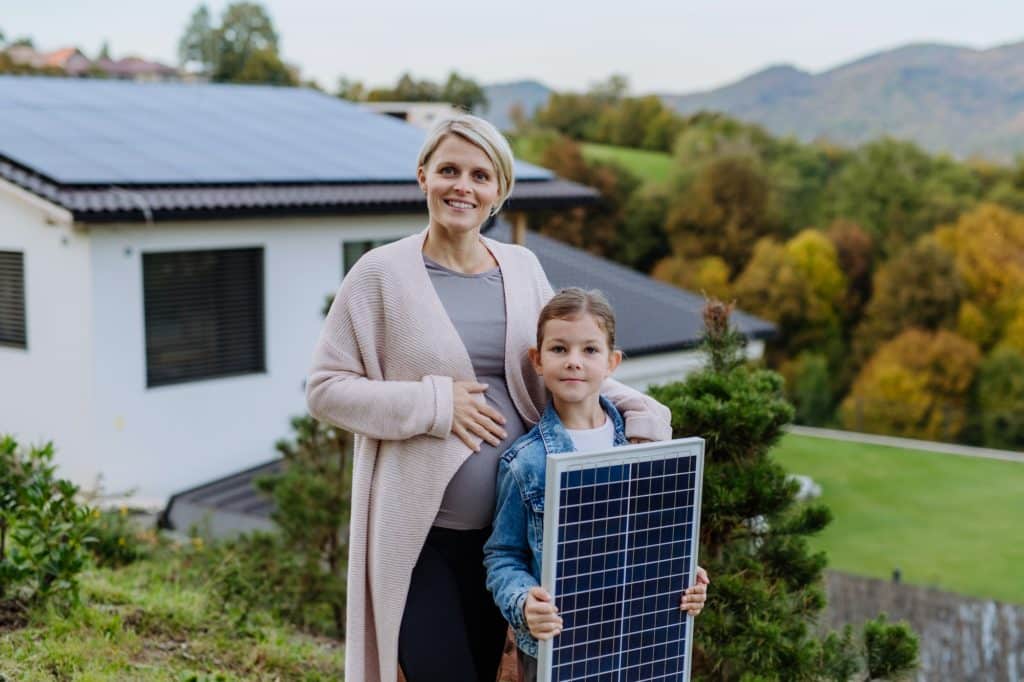String inverters and micro inverters are two of the most popular types of solar inverters on the market today. But what are they, and how do they work? In this article, we’ll take a look at the differences between string and microinverters, and explore how each one works. By understanding the basics of these two types of solar inverters, you can make an informed decision about which one is right for your home or business. So let’s get started!
What Is An Inverter And How Does It Work?
We have answered this question in our previous blog post, but as a review: an inverter is a device that converts direct current (DC) to alternating current (AC). This is an important step in converting the electricity produced by solar panels or wind turbines into a form that can be used in your home.
What Is A String Inverter?
A string inverter is a type of inverter that is typically used in large solar arrays. It is a device that converts DC to AC power and is intended for use with high voltage DC inputs. It gets its name from the fact that it connects solar panels in “strings” A string inverter can usually handle many strings of panels that are connected to it. For example, a single string could include three strings of five panels each, totaling fifteen panels. The number of solar panels you can thread to one inverter without losing energy is determined by the size of the string inverter in kilowatts (kW) and the wattage of the solar panels you use.
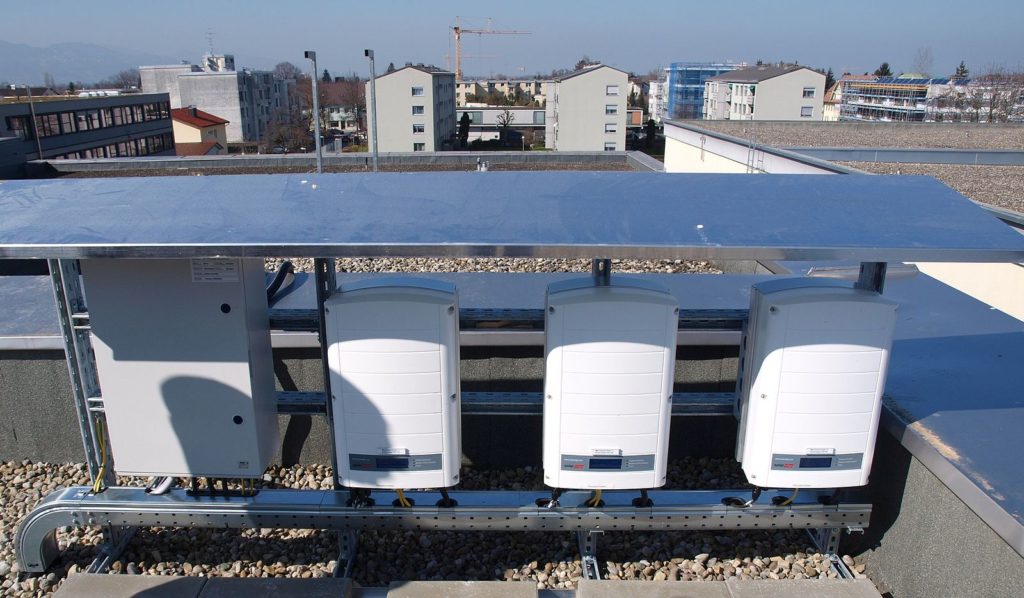
How Does A String Inverter Work?
String inverters work by taking the DC electricity produced by each string of solar panels and converting it to AC. The AC power is then sent to an electrical panel, where it can be used to power your home or business.
String inverters are typically installed outdoors and used to power homes or businesses that are located near the solar array. They are a good choice for larger solar arrays and can handle a high voltage input.
Benefits of Using A String Inverter:
In comparison to a microinverter, a string inverter has some advantages. Here are some key benefits:
- Cost-effective: It is less expensive to install a string inverter on a solar panel system than it is to install microinverters. String inverters need fewer labor hours and are less expensive than many microinverters.
- Reliable: String inverters have a long history of reliability and are often used in large solar arrays.
- Easy to troubleshoot: If anything in a string inverter arrangement fails, it’s most likely the inverter, which makes troubleshooting pretty simple when things go wrong.
Drawbacks of Using A String Inverter:
There are a few drawbacks to using a string inverter. Here are some of the main ones:
- Efficiency: String inverters require solar panels to be wired in series, which means that if one solar panel’s output is impacted, the entire series of solar panels is impacted equally. If a portion of a solar panel series is shaded for part of the day, this can be a serious problem.
- String Inverter Systems Are More Sensitive to Voltage Changes: Because string inverters use solar panels that are wired in series, they are more sensitive to voltage changes. This can be an issue if your home or business is located in an area with a lot of power interruption.
- Can’t Be Used With Every Solar Panel: Some solar panels are not compatible with string inverters. This means that you’ll need to check compatibility before choosing a string inverter for your home or business.
- Limited lifespan: Microinverters have a 25-year warranty, whereas string inverters have an 8- to 12-year warranty.
- Not future-proof: String inverters are not as upgradeable as microinverters. If you plan to expand the size of your solar array in the future, you’ll need to route those panels to a separate string inverter, which adds complexity and cost. At that point, you may want to just simply upgrade to a microinverter system.
If you are looking for increased efficiency and monitoring capabilities, then a microinverter is the better choice. However, if you are looking for a lower-cost option with less maintenance, then a string inverter is the better choice.
What Is A Micro Inverter?
A microinverter is a type of inverter that is used in solar photovoltaic systems. It is a device that converts DC to AC power and typically handles a single solar panel or a small group of panels. Microinverters are usually installed next to or underneath the solar panel(s) they are powering and can be used in both grid-tied and off-grid solar photovoltaic systems.
How Does A Microinverter Work?
A microinverter works by taking the DC electricity produced by a solar panel (or group of panels) and converting it to AC power. The AC power is then sent to an electrical panel, where it can be used to power your home or business.
Microinverters and string inverters differ significantly in that a solar panel system using microinverters will normally have the same number of microinverters as solar panels.
Benefits of Using A Micro Inverter:
There are several benefits of using a microinverter. Here are some key benefits:
Increased Efficiency: Microinverters can increase the overall efficiency of your solar panel system. This is due to the fact that each microinverter is matched to a specific solar panel, meaning that if one panel is shaded, the others can still produce electricity.
System/Panel Monitoring: Microinverters and add-on optimizers can track the production of each individual panel, whereas traditional inverters can only track the production of the entire system. This feature can help you identify any problem areas in your system so that you can fix them.
Lifespan: Microinverters can be used with any type of solar panel, making them a good choice if you plan to expand your system in the future. Not to mention the longer warranty (25 years).
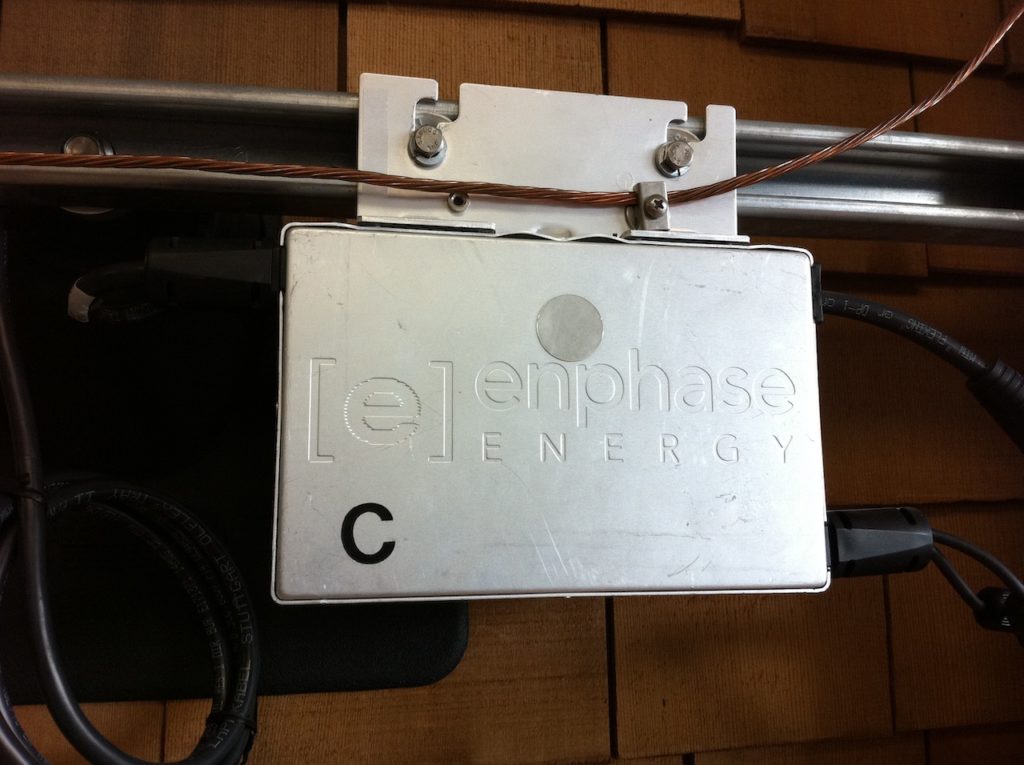
Drawbacks of Using A Micro Inverter:
There are also some drawbacks to using a microinverter. Here are some of the main drawbacks:
- Cost: Microinverters are more expensive than string inverters. This is because they are more complex devices and need to be matched to specific panels.
- Installation: Microinverters must be installed on every solar panel, which means more time and effort are needed for installation.
- Maintenance & Repair: Microinverters require more maintenance than string inverters. If one of your microinverters fails, not only will determining which one has failed to be difficult but servicing and replacing the component is also not as simple as installing a new string inverter on the side of your house. To re-establish AC conversion capabilities, the solar system installer would need to climb back up on your roof, deal with your racking system, unbolt the solar modules, and replace the microinverter.
It’s a must to be aware of the pros and cons of microinverters before deciding if they are the right choice for your solar photovoltaic system. While microinverters offer several benefits, such as increased efficiency and system monitoring, they also come with a higher price tag and require more maintenance than string inverters.
Which Is The Best For Me?
The best inverter for you will depend on your specific needs and goals. If you are looking for increased efficiency and monitoring capabilities, then a microinverter is the better choice. However, if you are looking for a lower-cost option with less maintenance, then a string inverter is the better choice.
Final Thoughts
So, there you have it. The pros and cons of microinverters and string inverters. Which one is the best for your home or business? That’s a tough question to answer, as it depends on your specific needs and situation. However, we hope this article has helped you make an informed decision about which type of solar inverter is right for you. If you need any help narrowing it down further, feel free to contact our team at Solahart – we would be more than happy to assist you!

